It was back in 1987 that World AIDS day was first conceived by two public information officers at the Global Programme for AIDS at the World Health Organisation in Geneva, Switzerland. James W. Bunn and Thomas Netter took their idea to Dr. Jonathan Mann, who was the Director at the time of the Global Programme on AIDS, which is now known as UNAIDS, who liked the concept and approved it, with the recommendation for the first observance to be on 1 December, 1988. This date was chosen, as it was believed that it would maximise the coverage of the day by the western news media and the day has continued every year for the past 35 years.
Each year a theme is selected and is used for messaging to highlight the campaign and to keep it relevant as the world evolves. The global campaign for 2022 is ‘Equalize”, but other countries have chosen to embrace different themes for a more local approach, with Australia choosing ‘Boldly Positive’ for their 2022 theme, the United Kingdom choosing ‘Rock the Ribbon’ for their 2022 theme and the United States choosing ‘Putting Ourselves to the Test: Achieving Equity to End HIV’. The global theme is important, but each country has introduced themes they believe are relevant to the people in their locations to help keep everyone connected.
Global Themes Over the Years
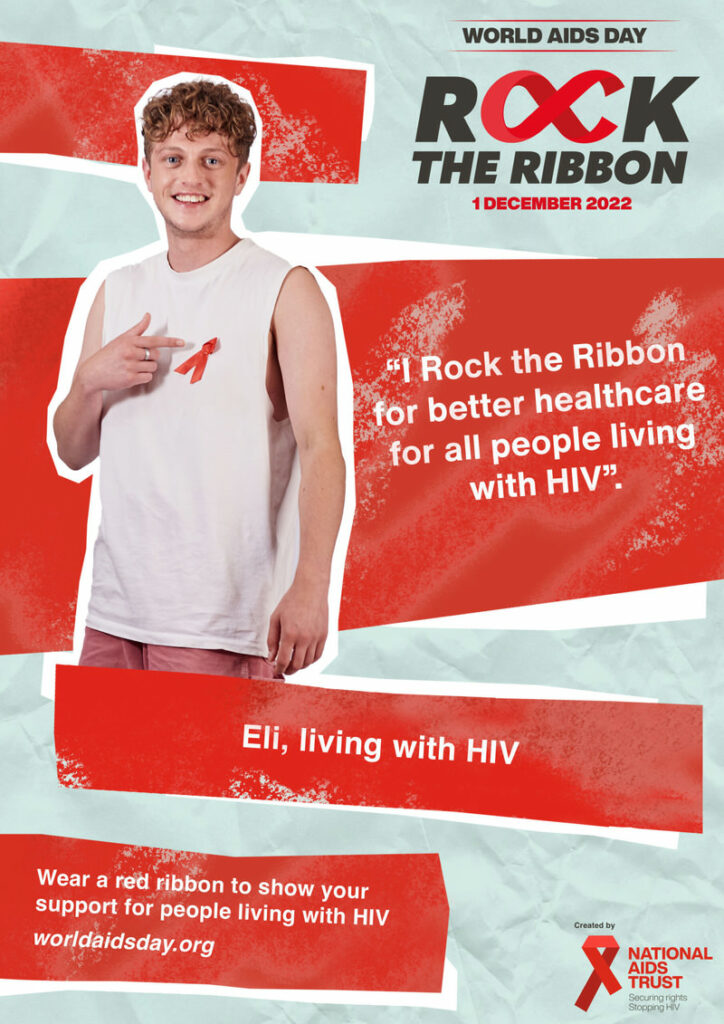
1988 Communication
1989 Youth
1990 Women and AIDS
1991 Sharing the Challenge
1992 Community Commitment
1993 Time to Act
1994 AIDS and the Family
1995 Shared Rights, Shared Responsibilities
1996 One World. One Hope.
1997 Children Living in a World with AIDS
1998 Force for Change: World AIDS Campaign with Young People
1999 Listen, Learn, Live: World AIDS Campaign with Children & Young People
2000 AIDS: Men Make a Difference
2001 I Care. Do You?
2002 Stigma and Discrimination
2003 Stigma and Discrimination
2004 Women, Girls, HIV and AIDS
2005 Stop AIDS. Keep the Promise
2006 Stop AIDS. Keep the Promise – Accountability
2007 Stop AIDS. Keep the Promise – Leadership
2008 Stop AIDS. Keep the Promise – Lead – Empower – Deliver
2009 Universal Access and Human Rights
2010 Universal Access and Human Rights
2011 Getting to Zero
2012 Together We Will End AIDS
2013 Zero Discrimination
2014 Close the Gap
2015 On the Fast Track to End AIDS
2016 Hands up for #HIVprevention
2017 My Health, My Right
2018 Know your Status
2019 Communities Make the Difference
2020 Global Solidarity Shared Responsibility
2021 End inequalities. End AIDS. End pandemics.
2022 Ending the HIV Epidemic: Equitable Access, Everyone’s Voice
As you can see from these different themes, the focus is about providing awareness of HIV/AIDS and to highlight the importance of HIV testing, eliminating discrimination, knowing your HIV status and acknowledging the people who have HIV/AIDS around the world. Even though the date of December 1 never changes to commemorate World AIDS Day, the themes are adjusted each year to deliver a new message that is relevant for the year and many campaigns still tend to acknowledge the overarching global campaign, even if local campaigns have different messaging. The red ribbon is also a common symbol that many people choose to wear to show their support for World AIDS Day and has remained a constant symbol over the years.
World AIDS Day is designed to help prevent new cases of HIV and also to fight against HIV stigma and discrimination involving those who are HIV-positive or have AIDS and to help secure rights for those who are living with the virus, so it’s a very important date on the calendar. This is also a day that highlights the need for inequalities to be addressed, as many people living with HIV/AIDS still experience discrimination or are affected by societies views towards HIV/AIDS in some way, which is why educating those who don’t know a lot about the virus is so important, as this helps tackle stigma by providing the facts and pointing out that anyone can be affected by HIV/AIDS.
One of the issues identified by UNAIDS over the past couple of years is the fact that a lot of resources have been redirected towards researching vaccines and health initiatives for COVID-19, with researchers and public health officials becoming distracted by trying to get the COVID-19 pandemic under control, so the need for continued focus on HIV/AIDS remains important, so those in our community are not forgotten as a result of other events that are currently taking place around the world.
| GLOBAL HIV DATA | 2020 | 2021 |
|---|---|---|
| People currently living with HIV | 37,700,000 | 38,400,000 |
| Total number of people infected with HIV since the beginning of the epidemic | 79,300,000 | 84,200,000 |
| New HIV infections (people aged 15+ years) | 1,500,000 | 1,500,000 |
| AIDS-related deaths | 680,000 | 650,000 |
| Total number of AIDS-related deaths since the beginning of the epidemic | 36,300,000 | 40,100,000 |
| People currently accessing antiretroviral therapy | 27,500,000 | 28,700,000 |
These statistics are based on averaging estimates, with the minimum and maximum groupings quite significant. For example, the latest figures show that 38.4 million people were living with HIV globally in 2021, based on an estimate between 33.9 and 43.8 million, with the average estimate of 38.4 million used, and out of this number, 36.7 million in the 15 years or older age bracket, based on an average between 32.3 million and 41.9 million. It is also believed that between 1.1 million and 2.0 million people became infected with HIV in 2021, with a figure of 1.5 million used in the statistics. Out of the the total number of people living with HIV, 54% were women and girls, which is likely due to the higher number of infections in the sub-Saharan Africa region. It is estimated that approximately 5.9 million people did not know they were living with HIV in 2021. We need to remember that behind every number is a person and when you’re looking at these numbers, we’re talking about a lot of people.
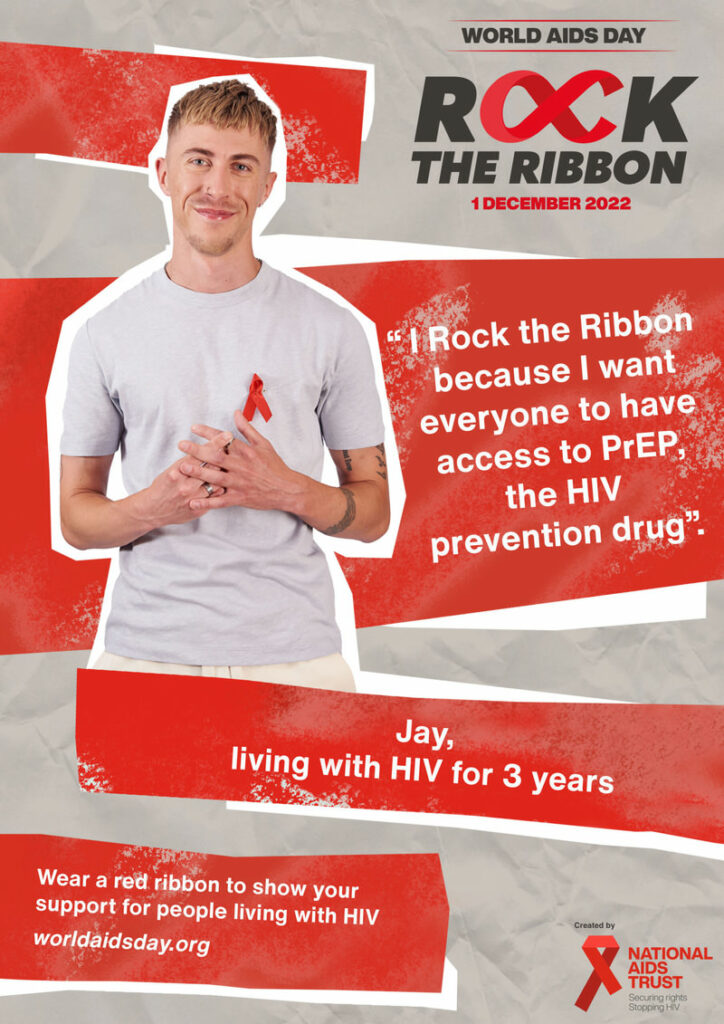
New HIV infections have been reduced by 54% since the peak in 1996, with around 1.5 million people infected with the virus in 2021, compared to 3.2 million people in 1996, with women and girls accounting for 49% of all new infections in 2021, which again relates to the high percentage of people in sub-Saharan Africa. The number of new infections has declined by 32% since 2010 from 2.2 million people to 1.5 million people in 2021. The number of AIDS-related deaths has been reduced by 68% since the peak in 2004 and by 52% since 2010, with an estimated 650,000 people dying in 2021 compared to 2 million in 2004 and 1.4 million in 2010.
The figures also state that in 2021, sex workers and their clients, gay men and other men who have sex with men, people who inject drugs, transgender people and their partners accounted for 70% of HIV infections globally, with the risk for gay men and other men who have sex with me 28 times higher than men who don’t have sex with men. In 2021, 85% of people living with HIV knew their status, with 88% who knew their status accessing treatment and 92% who were accessing treatment were virally suppressed. Based on these figures, 12% of people who knew their status were not accessing treatment and 8% of people who were accessing treatment were not virally suppressed, which could be those still at the early stage of taking medication.
World AIDS Day is an important day on the calendar for everyone, but especially for gay men who have been affected by HIV/AIDS more than any community outside the sub-Saharan Africa region. Many of us have been touched by someone we know who passed away in the early days of the epidemic before medications became available and some are long-term survivors of the virus. There are also those who want to become part of the HIV/AIDS community, so this is a day for everyone to reflect on the past and look towards the future, as HIV is not going anywhere for now, although the number of AIDS cases has dropped dramatically due to advancements in medications. You can show your support by wearing a red ribbon or donating to a number of different organisations that provide support for those living with HIV/AIDS.
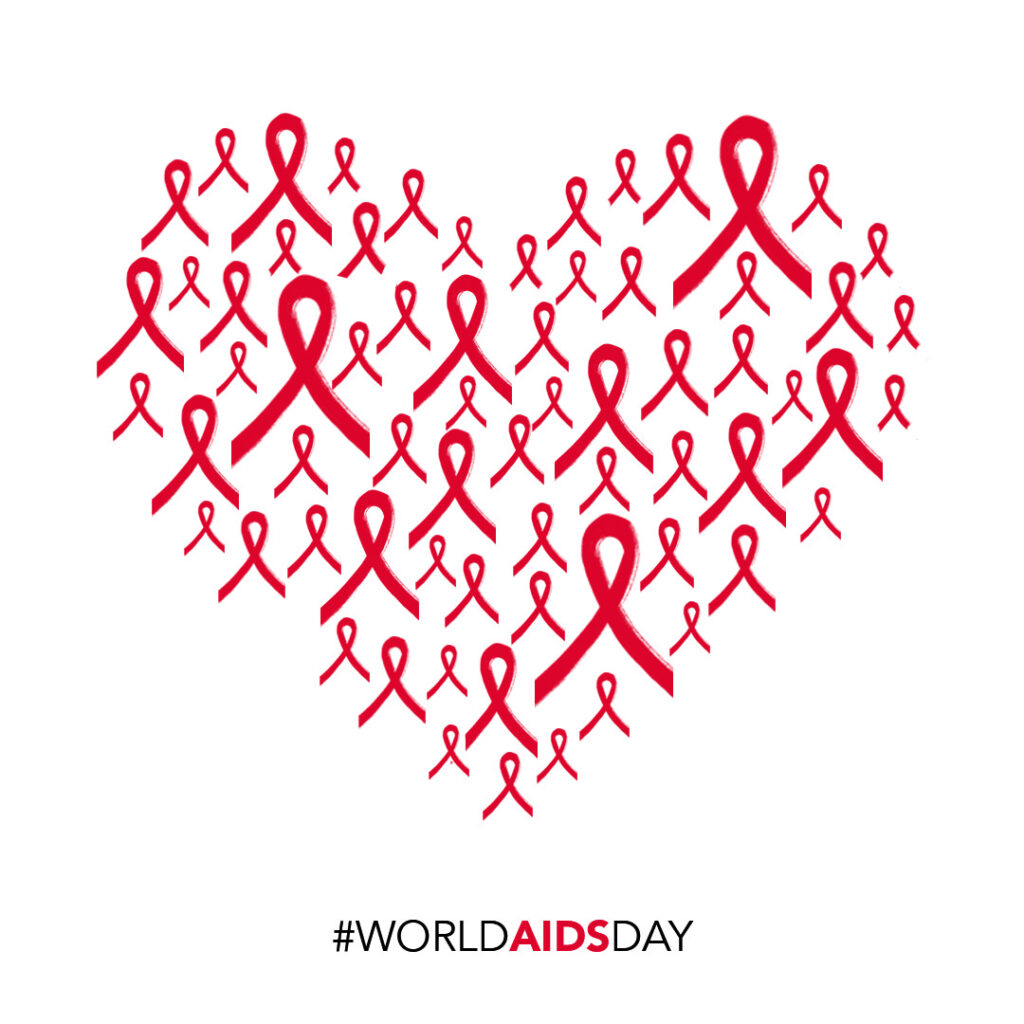
Further Information:
- National AIDS Trust – https://www.worldaidsday.org/
- UNAIDS – https://www.unaids.org/en
- World Health Organisation – https://www.who.int/campaigns/world-aids-day/2022
Featured Photo: World Aids Day Vectors by Vecteezy.
Article ID: CC054
Version Control: 1.0 – December 1, 2022: Original article published.

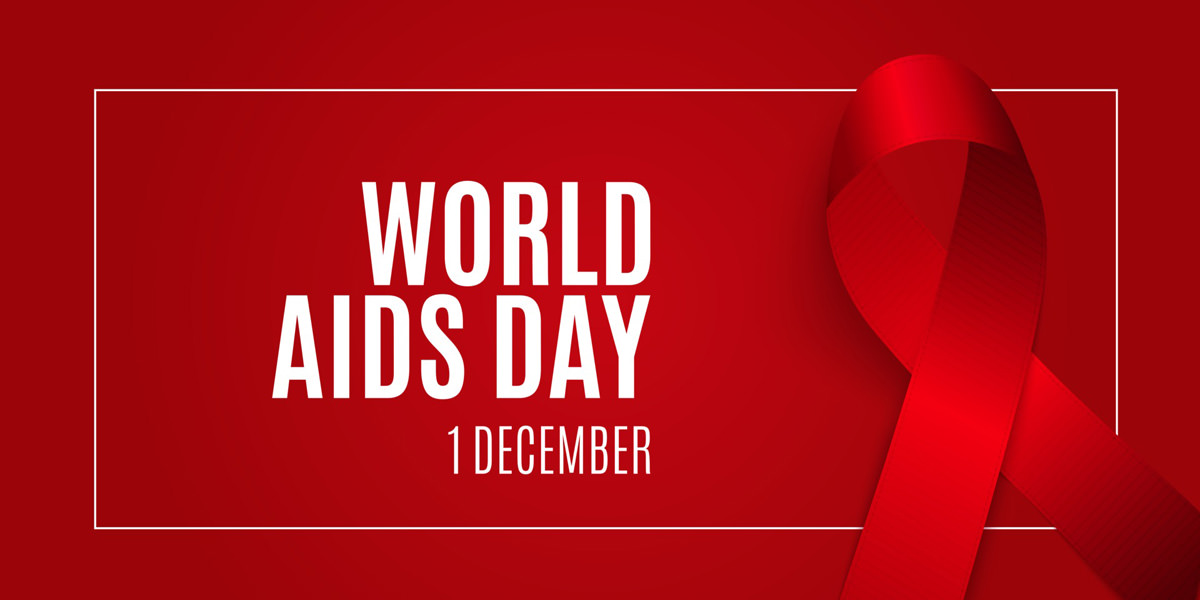


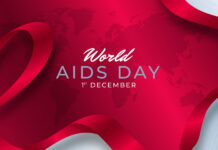

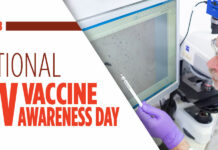

Happy December 1 2022. Happy World AIDS Day. Thank you my family and friends.. I hope that all my birthday wishes and dreams come true. I celebrate my birthday for the whole month of December. I will see y’all soon. Y’all really mean a lot to me and y’all made my day.